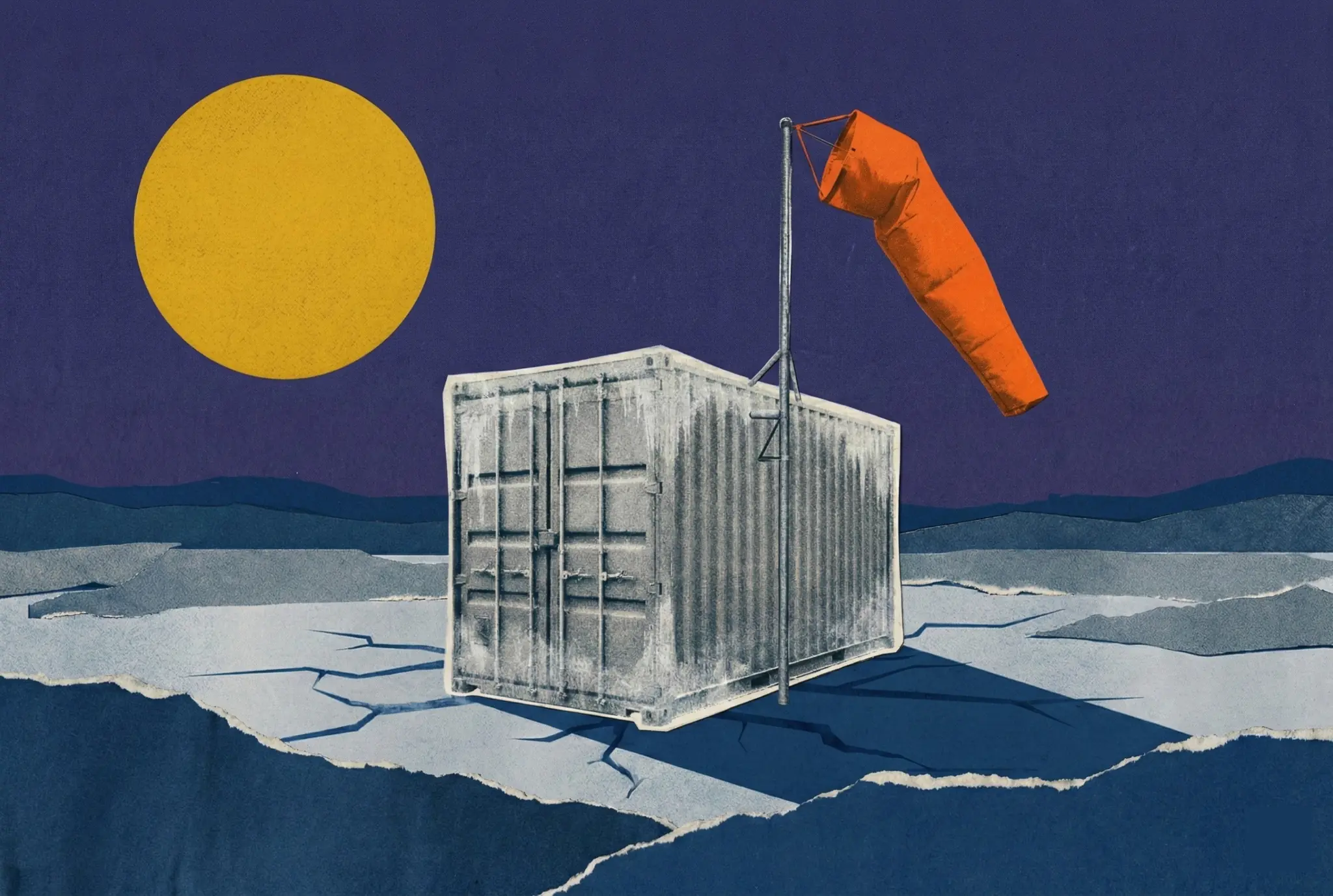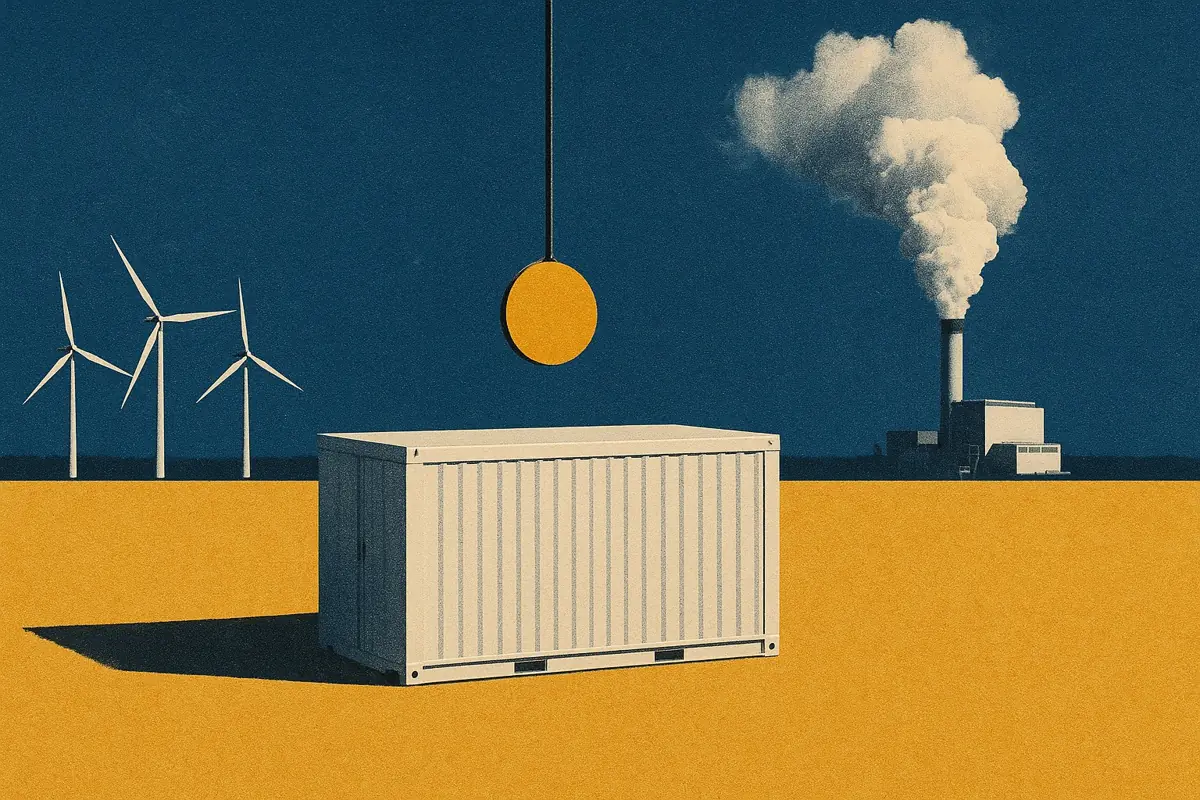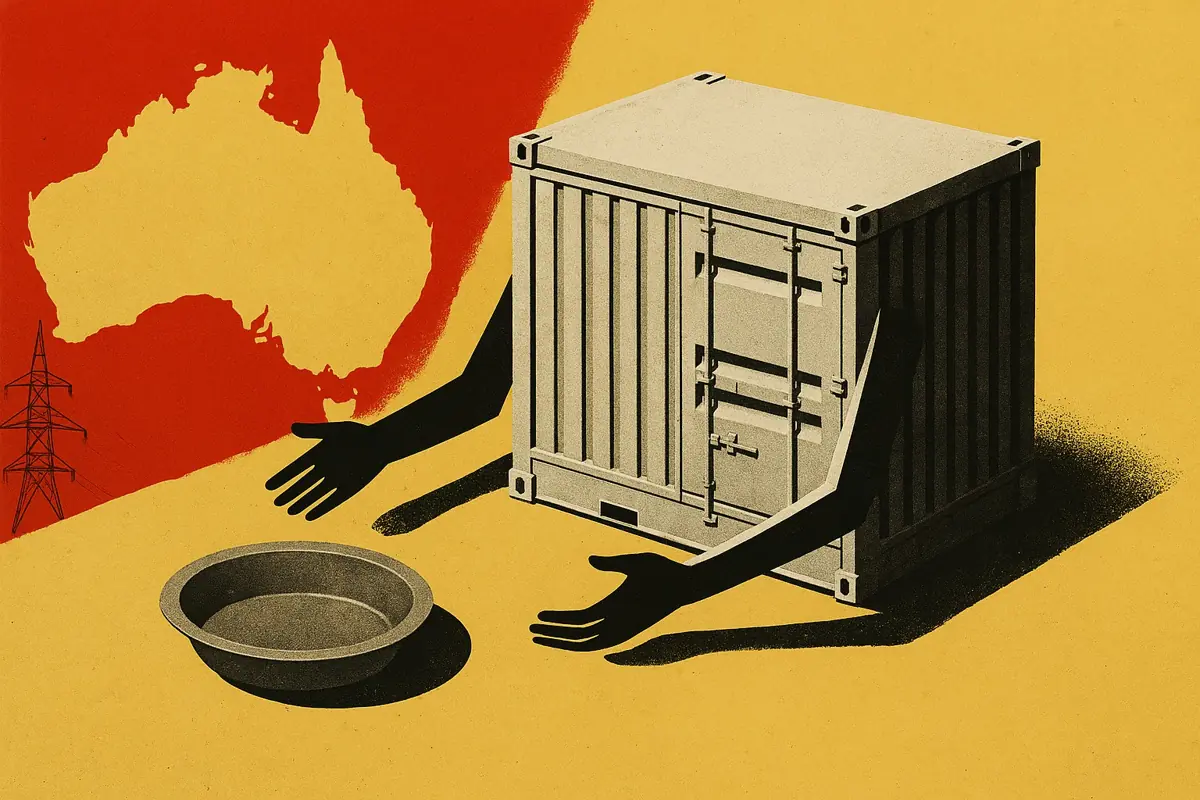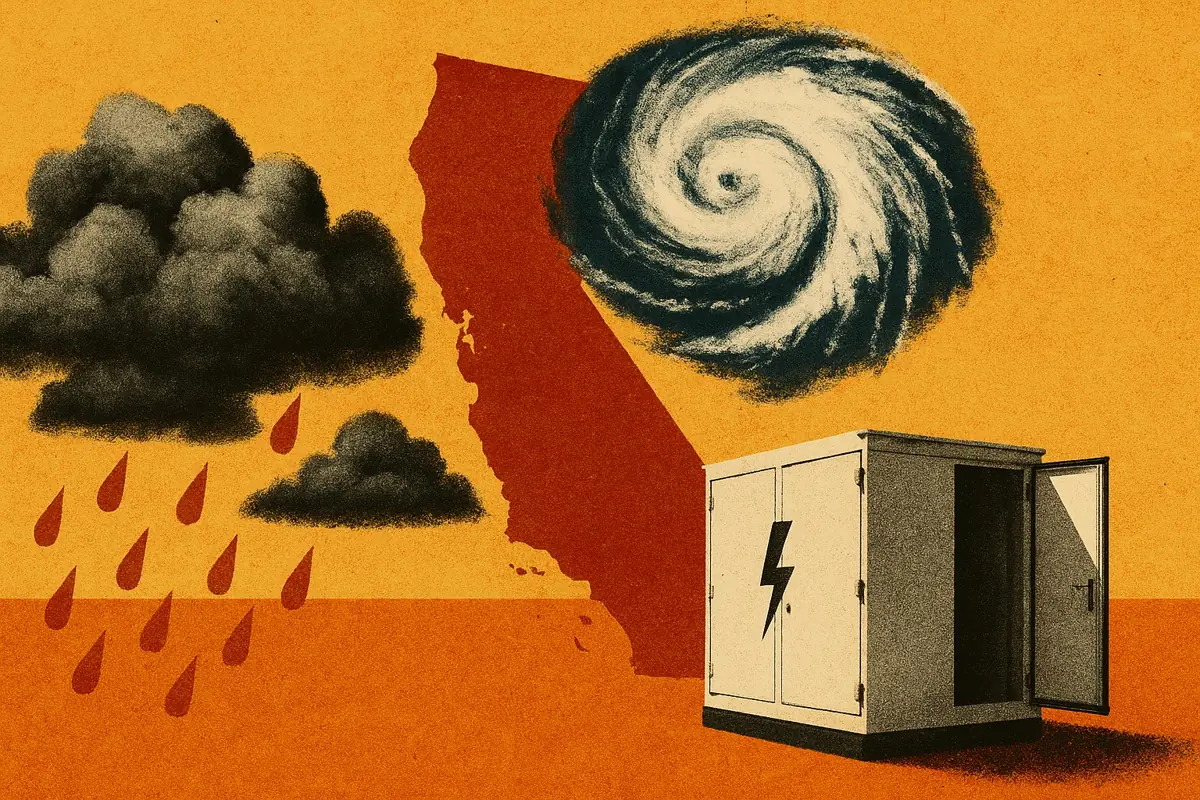Executive Summary:
- 9% of projects that have entered CAISO’s interconnection queue since 2002 have reached commercial operations.
- 93% of project capacity in CAISO’s interconnection queue today comes from standalone battery energy storage and ‘hybrid’ projects involving storage.
- Median time to interconnection for battery energy storage - both standalone and hybrid - has been around 7 years.
- For standalone battery energy storage, the median time to interconnection after entering CAISO’s interconnection queue is 5.5 years.
- CAISO’s interconnection reforms will reduce interconnection timelines by placing emphasis on projects that are likelier to be commercially viable.
- Based on existing available transmission capacity and projects in the queue today, total installed battery energy storage capacity in CAISO is expected to reach 43 GW by 2034.
Subscribers to Modo Energy’s research will learn about:
- the evolution of attrition rates for generation and battery energy storage projects in CAISO’s interconnection queue,
- the time it has historically taken projects to reach commercial operations in CAISO,
- the reforms being made to CAISO’s interconnection process to allow projects to progress through the queue faster,
- where there is existing additional transmission capability to support new generation and storage projects,
- and how much battery energy storage capacity to expect online in the next few years taking all of the above into account.
Tracking growth in CAISO’s interconnection pipeline
What began as a modest pipeline of gas, solar, and wind projects over two decades ago has since transformed into a crowded race towards interconnection - with battery energy storage systems at the forefront.
Since 2002, CAISO’s Interconnection queue has steadily expanded, with over 545 GW of proposed generation and storage projects entering the pipeline.
This growth has accelerated in the past five years - especially after the passage of the Inflation Reduction Act (IRA) - driven by a surge in standalone storage and hybrid projects seeking to connect to the grid.







